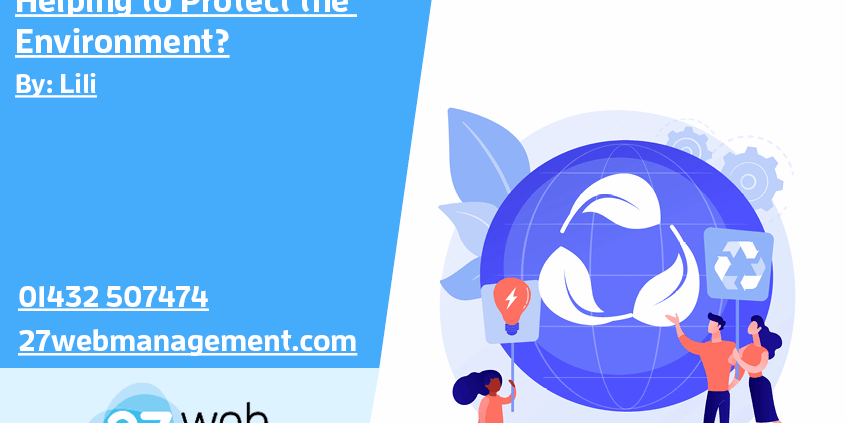How is Computer Science Helping to Protect the Environment?
In 2009, two hundred computer and environmental scientists gathered for the First International Conference on Computational Sustainability at Cornell University. The goal of the conference was to establish a research community around the field of computational sustainability, aiming to develop “…computational and mathematical models and methods for the management of resources needed to solve the problems confronting sustainability in today’s rapidly developing world.” Fast forward 12 years, and computer science can be found being used for most environmental research- from data gathering to predicting trends.1
What is Computer Science used for?
Wildlife Corridors
Computer science is being used to design wildlife corridors where wildlife can be encouraged to travel through to prevent being disturbed by things such as land development. Computers assimilate lots of data about the wildlife, the environment, the geography of the area and more factors to create models of the area, to identify spaces that can be protected while having the last effect on humans.
Climate Change
Computer Science is helping to conceptualise our understanding of climate change. Computer models demonstrate the change of the earth’s appearance over thousands of years to show changes that are occurring. It can use data to link human intervention to deterioration of polar ice fields, and potentially accurately predict future changes as well by making logical deductions from assimilated data.
Agriculture
The Environmental Protection Agency has used computers for years to monitor and investigate earth’s soil and waters and the chemicals used. Computational Toxicology regulates fertilisers and pesticides- although some chemicals may be considered safe by themselves, computer models can show that under the soil level they may recombine to form toxins! Computer Science can also be used to understand how excess nitrogen levels, or the presence of certain organisms can negatively impact streams and then how to restore them.
Amalgamating Agencies
Computers can combine huge amounts of data from many resources to make it possible for agencies to see overlaps or gaps in areas of conservation. Computers can also show governments or private companies how they can combine their efforts for the biggest impact with least economic stress.
References:
1Karen A. Frenkel. (2009). Computer Science Meets Environmental Science. Available: https://cacm.acm.org/magazines/2009/9/38892-computer-science-meets-environmental-science/fulltext . Last accessed 15th Oct 2021.
2Computer Science Degree Hub. (Anon). How Can Computer Science Help the Environment?. Available: https://www.computersciencedegreehub.com/faq/how-can-computer-science-help-the-environment/#:~:text=%20How%20Can%20Computer%20Science%20Help%20the%
20Environment%3F,easier%20for%20agencies%20to%20work% . Last accessed 15th Oct 2021.






